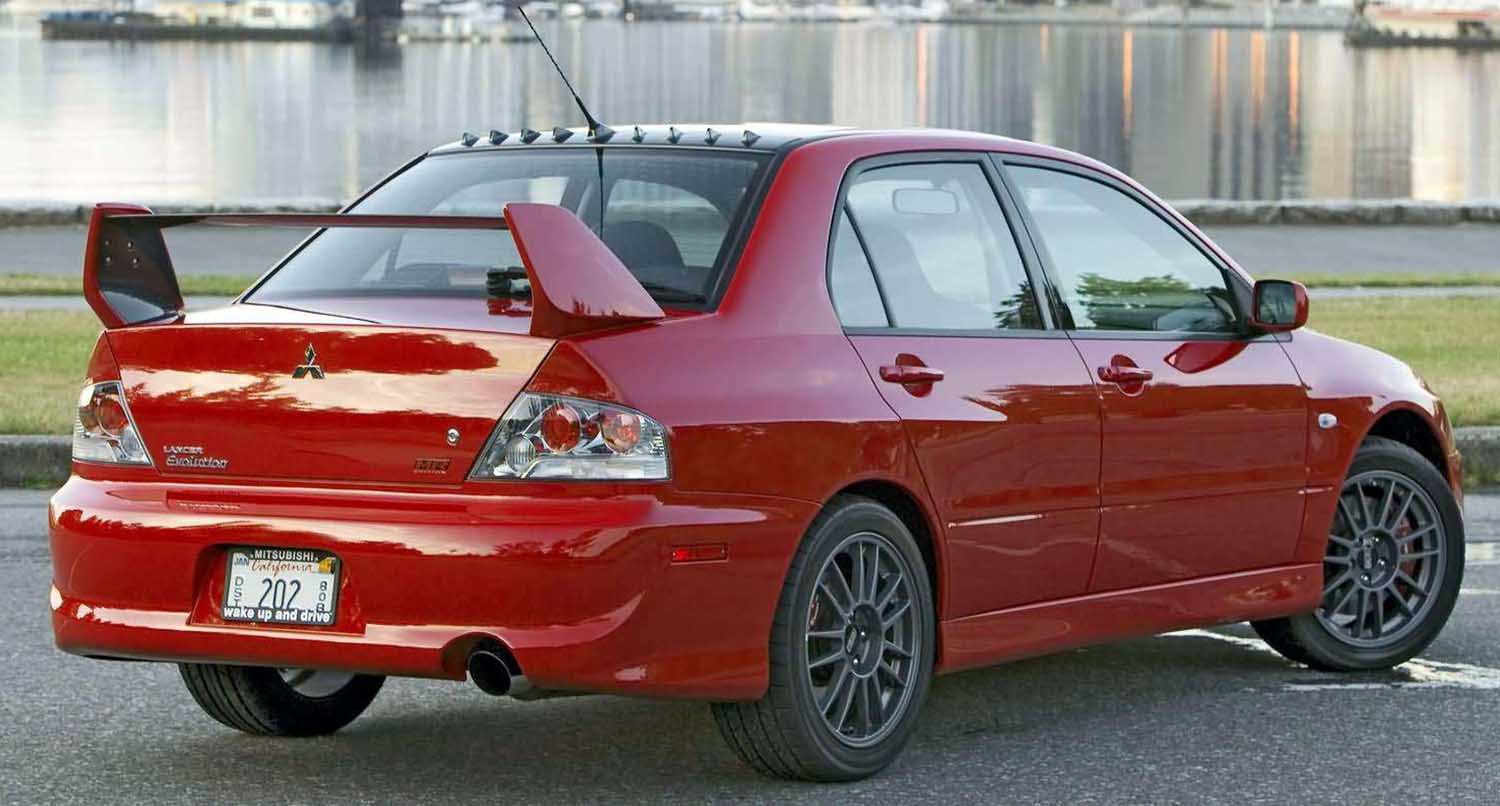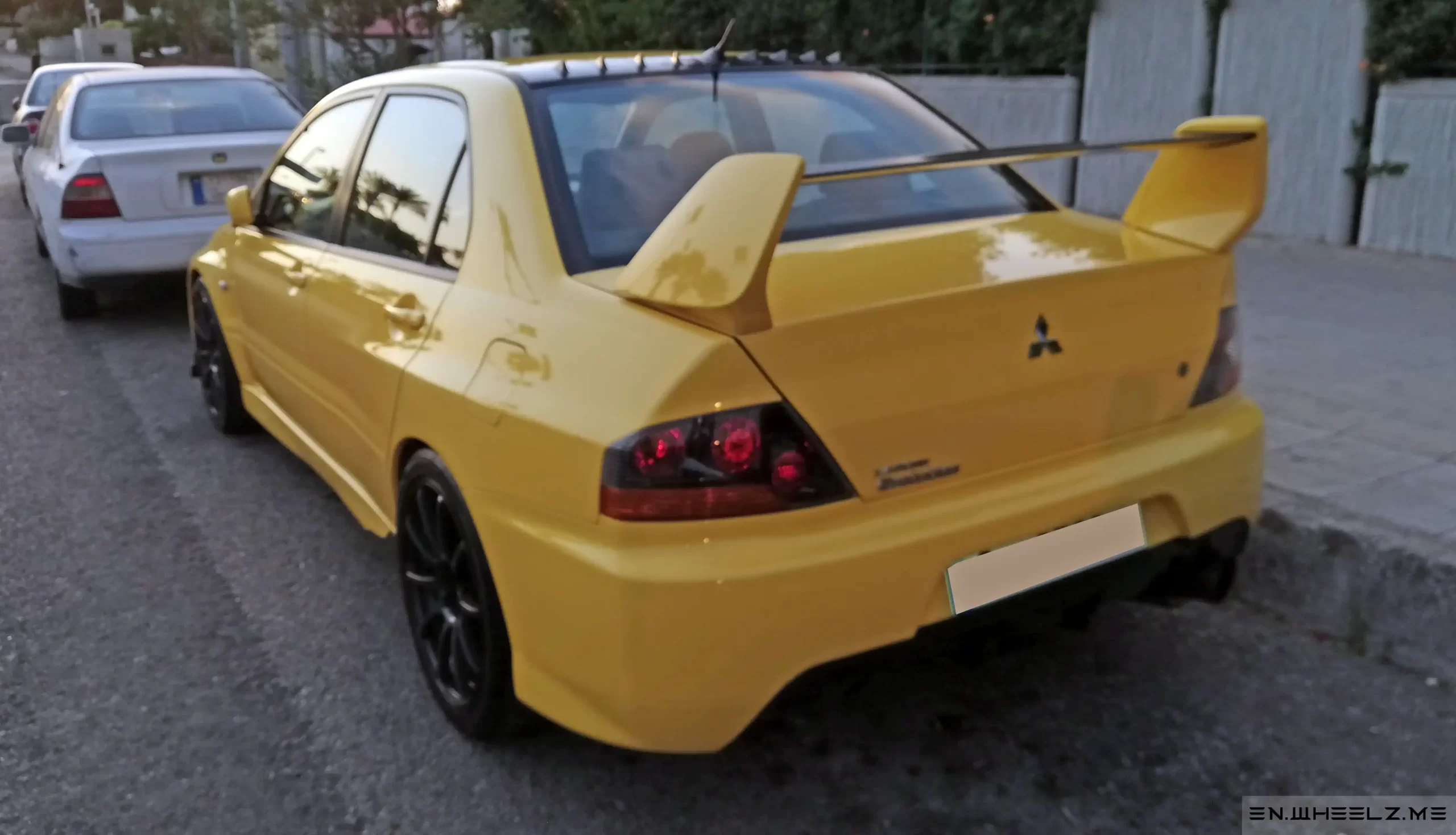
The Mitsubishi Lancer Evolution, commonly known as the “Evo,” has been a symbol of high performance and rally dominance since its inception. This iconic vehicle has undergone several generations, each bringing enhancements in power, handling, and technology. Here’s a look at the history and evolution of the Mitsubishi Lancer Evolution, along with specifications and performance highlights of each generation.
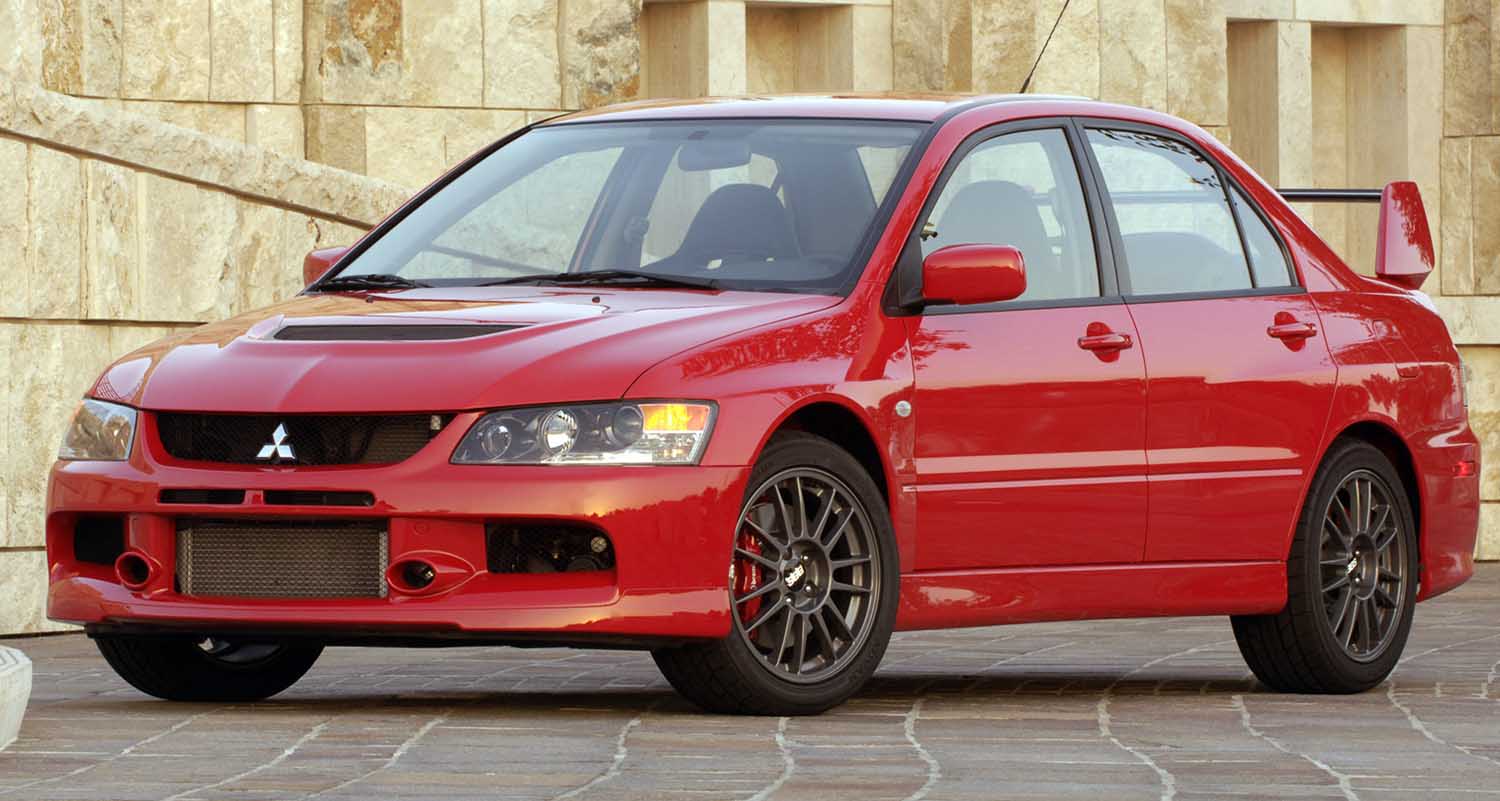
Beginnings: Rally Roots
The Lancer Evolution was born from Mitsubishi’s desire to compete in the World Rally Championship (WRC). The first Lancer Evolution, introduced in 1992, was built to meet the homologation requirements for Group A rally cars. Its success on the rally circuit quickly translated into a performance icon for the streets.
Generations of Evolution
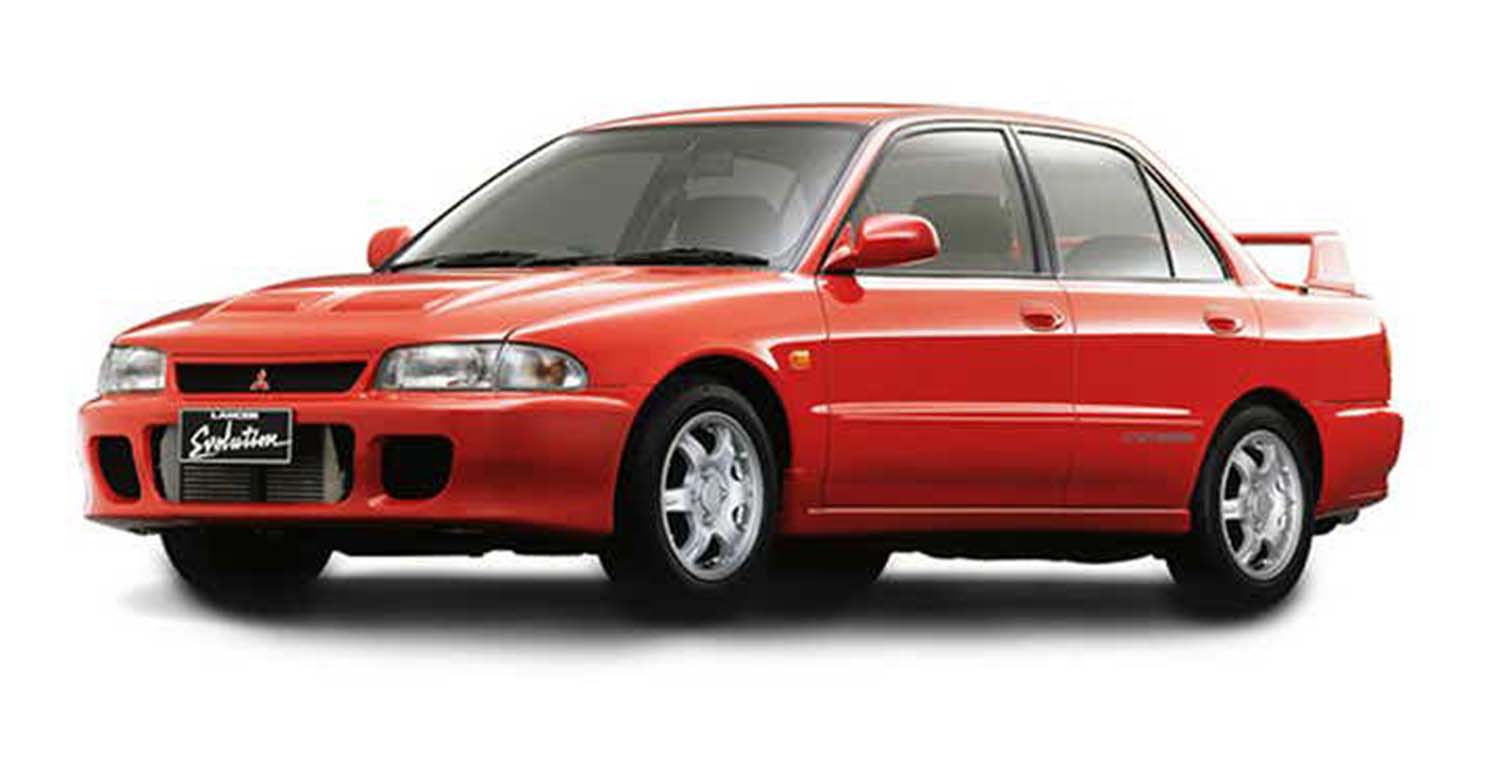
Lancer Evolution I (1992-1994)
- Engine: 2.0L 4G63 Inline-4 Turbo
- Horsepower: 244 hp (182 kW)
- Torque: 228 lb-ft (309 Nm)
- 0-60 mph (0-97 km/h): 5.1 seconds
- Top Speed: 143 mph (230 km/h)
The first-generation Evo set the stage with its turbocharged engine, all-wheel drive, and rally-inspired design. It was an instant hit among enthusiasts for its performance and agility.
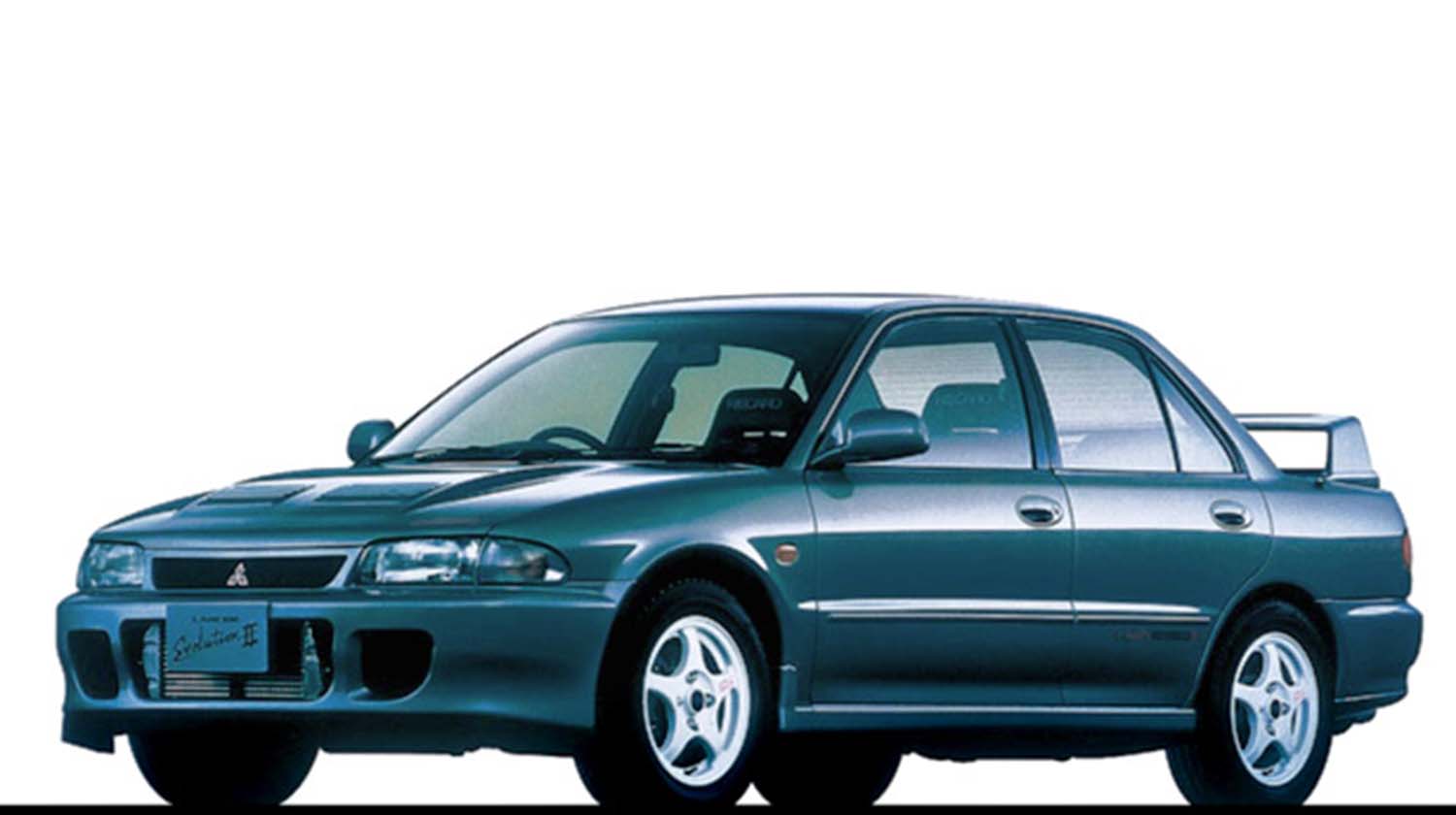
Lancer Evolution II (1994-1995)
- Engine: 2.0L 4G63 Inline-4 Turbo
- Horsepower: 256 hp (191 kW)
- Torque: 228 lb-ft (309 Nm)
- 0-60 mph (0-97 km/h): 5.0 seconds
- Top Speed: 145 mph (233 km/h)
Enhancements in the Evo II included a refined suspension system and increased power output, providing better handling and speed.
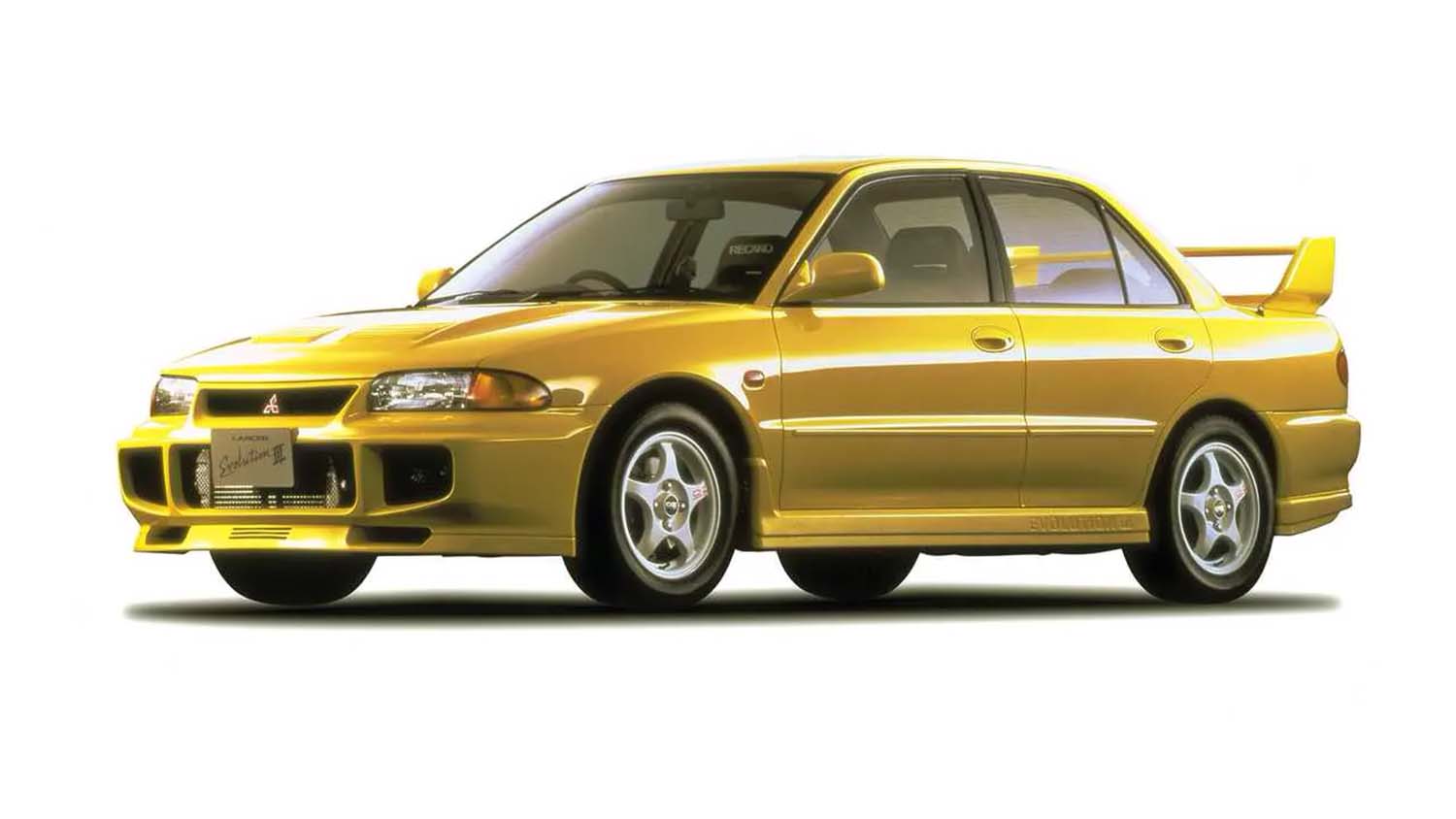
Lancer Evolution III (1995-1996)
- Engine: 2.0L 4G63 Inline-4 Turbo
- Horsepower: 270 hp (201 kW)
- Torque: 228 lb-ft (309 Nm)
- 0-60 mph (0-97 km/h): 4.9 seconds
- Top Speed: 149 mph (240 km/h)
The Evo III brought aerodynamic improvements, a larger turbocharger, and more aggressive styling, which further cemented its place in the performance car market.
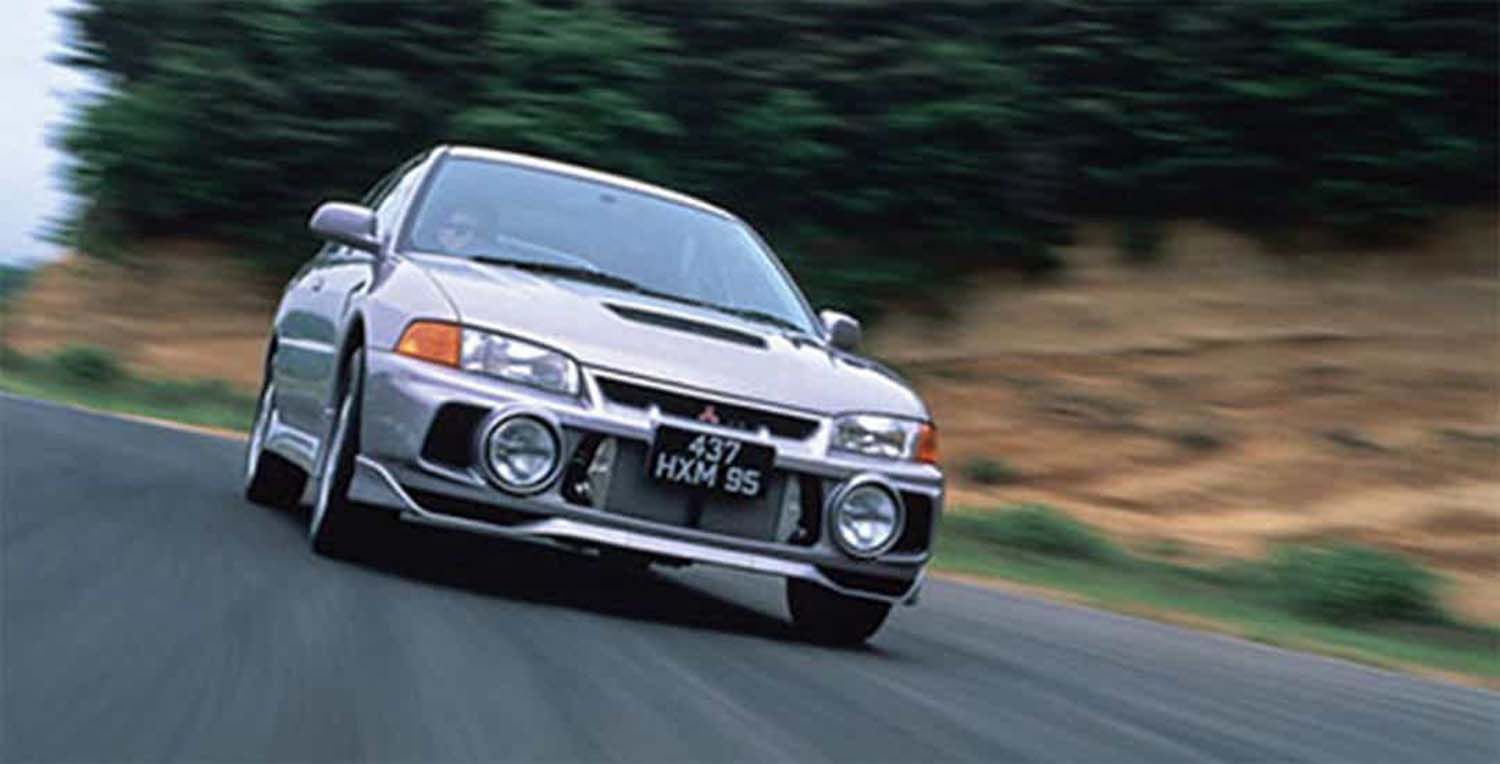
Lancer Evolution IV (1996-1998)
- Engine: 2.0L 4G63 Inline-4 Turbo
- Horsepower: 276 hp (206 kW)
- Torque: 260 lb-ft (353 Nm)
- 0-60 mph (0-97 km/h): 4.7 seconds
- Top Speed: 152 mph (245 km/h)
A significant redesign came with the Evo IV, featuring a new twin-scroll turbocharger and an innovative Active Yaw Control system for superior handling.
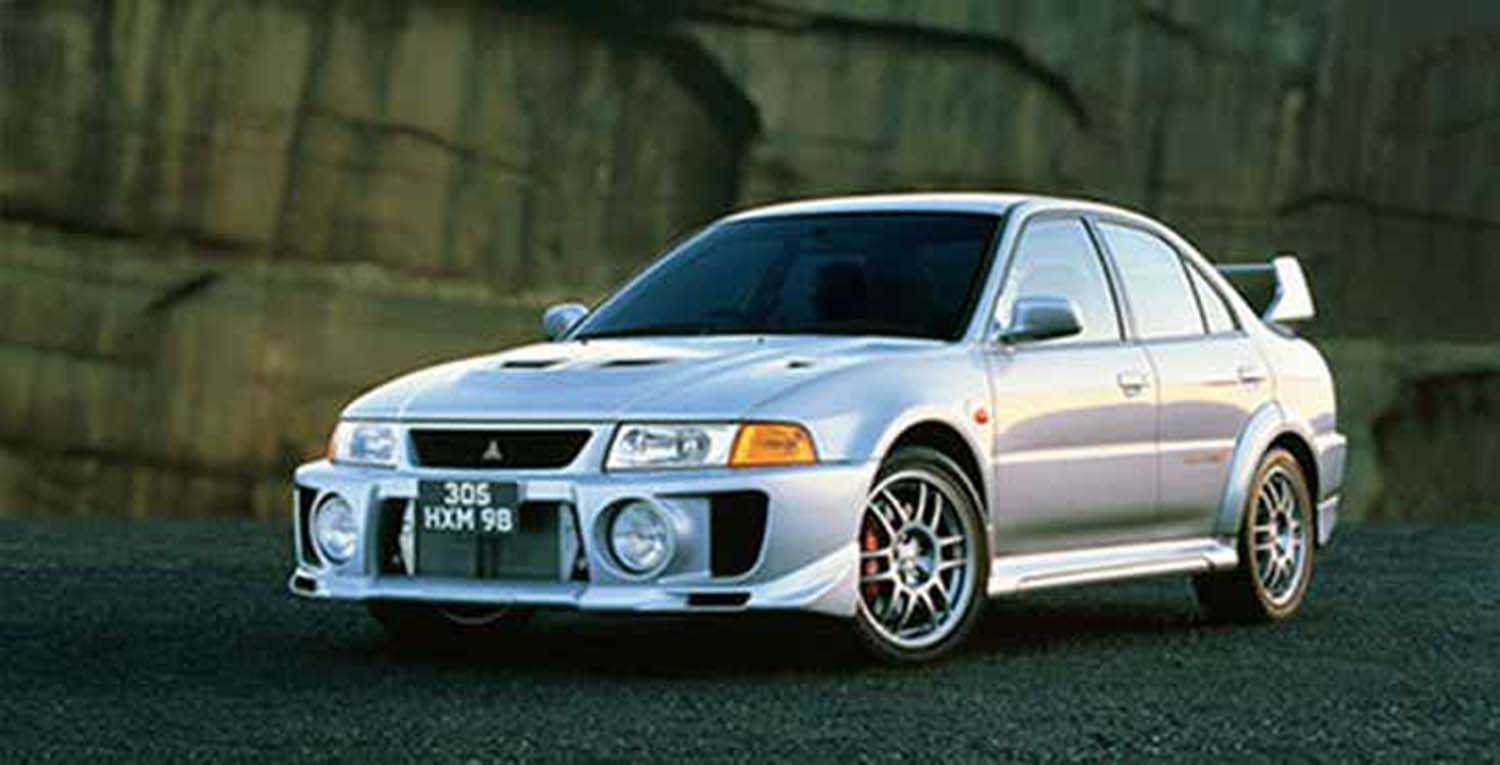
Lancer Evolution V (1998-1999)
- Engine: 2.0L 4G63 Inline-4 Turbo
- Horsepower: 276 hp (206 kW)
- Torque: 274 lb-ft (371 Nm)
- 0-60 mph (0-97 km/h): 4.6 seconds
- Top Speed: 155 mph (249 km/h)
With wider bodywork, improved aerodynamics, and enhanced suspension, the Evo V became a favorite for its blend of power and precision.

Lancer Evolution VI (1999-2001)
- Engine: 2.0L 4G63 Inline-4 Turbo
- Horsepower: 276 hp (206 kW)
- Torque: 274 lb-ft (371 Nm)
- 0-60 mph (0-97 km/h): 4.5 seconds
- Top Speed: 155 mph (249 km/h)
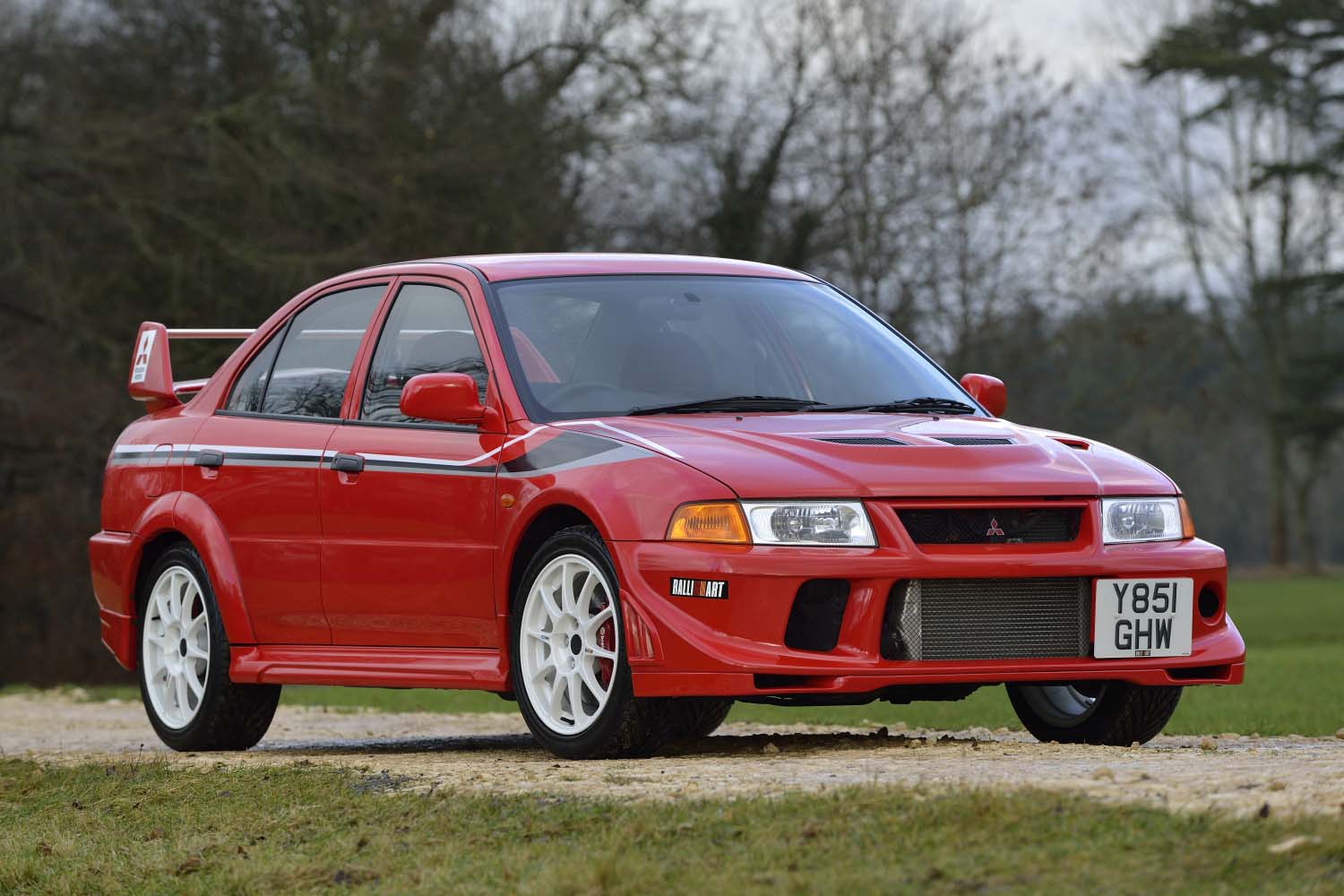
The Evo VI featured further refinements in cooling and durability, making it a reliable choice for both rally and road use.

Lancer Evolution VII (2001-2003)
- Engine: 2.0L 4G63 Inline-4 Turbo
- Horsepower: 276 hp (206 kW)
- Torque: 282 lb-ft (382 Nm)
- 0-60 mph (0-97 km/h): 4.4 seconds
- Top Speed: 155 mph (249 km/h)

Transitioning to a new platform, the Evo VII included advanced features like Active Center Differential (ACD) and Super Active Yaw Control (S-AYC), significantly enhancing handling dynamics.
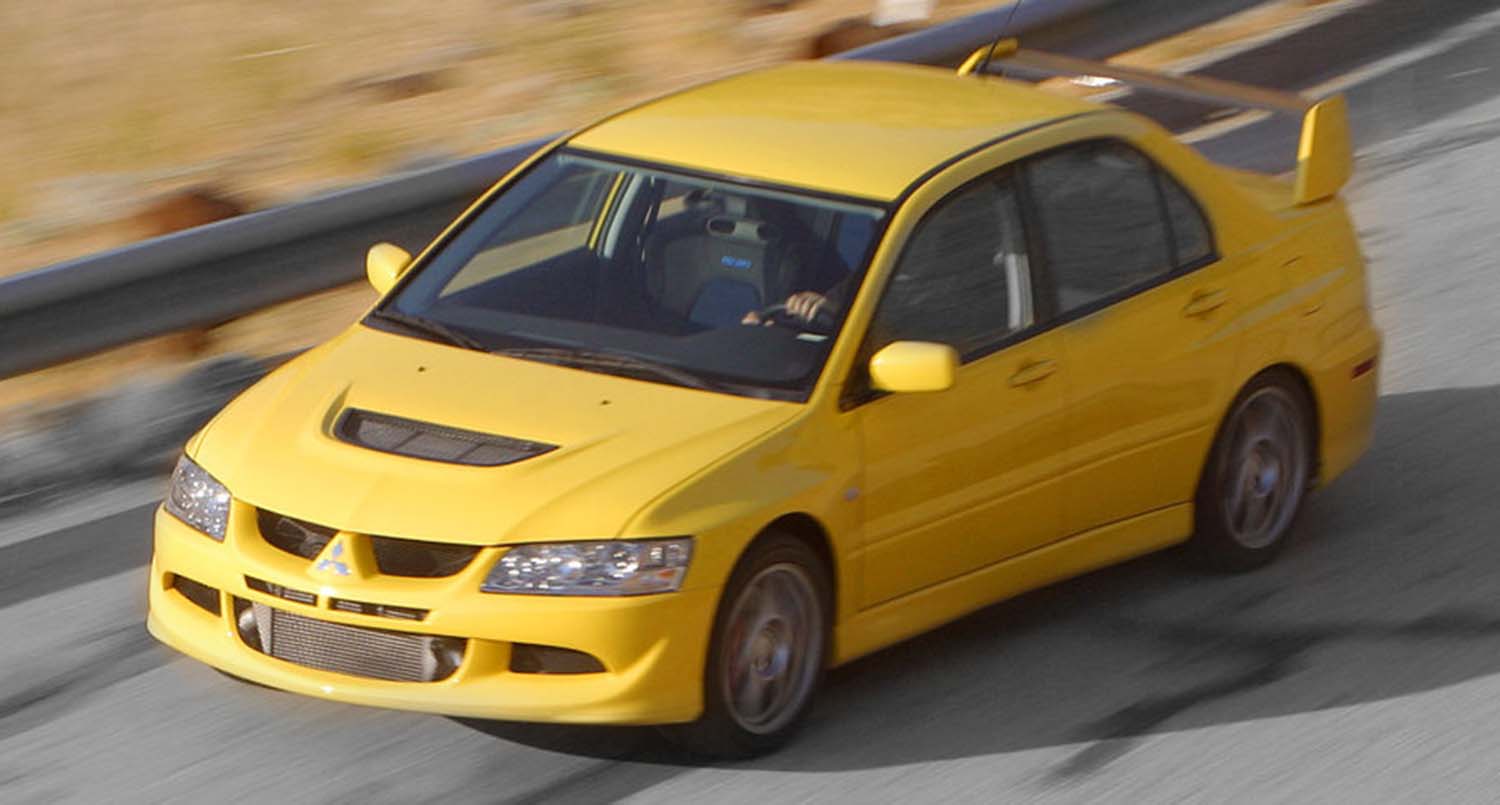
Lancer Evolution VIII (2003-2005)
- Engine: 2.0L 4G63 Inline-4 Turbo
- Horsepower: 276 hp (206 kW) (MR: 300 hp / 224 kW)
- Torque: 295 lb-ft (400 Nm)
- 0-60 mph (0-97 km/h): 4.3 seconds
- Top Speed: 157 mph (253 km/h)
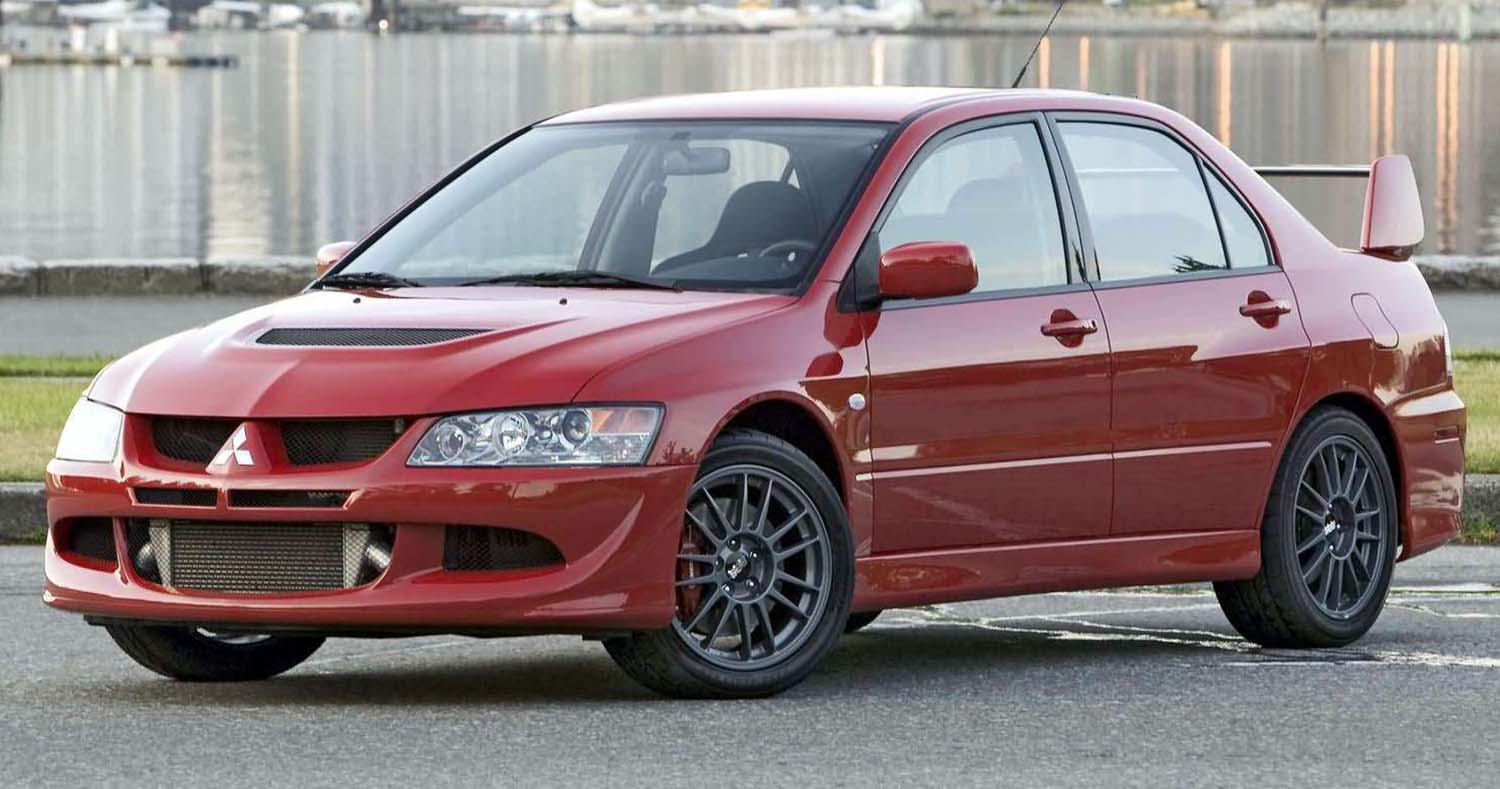
The Evo VIII introduced a 6-speed manual transmission and further advanced the ACD and S-AYC systems, along with cosmetic updates.

Lancer Evolution IX (2005-2007)
- Engine: 2.0L 4G63 Inline-4 Turbo
- Horsepower: 286 hp (213 kW)
- Torque: 295 lb-ft (400 Nm)
- 0-60 mph (0-97 km/h): 4.2 seconds
- Top Speed: 157 mph (253 km/h)
With MIVEC variable valve timing, the Evo IX offered improved efficiency and performance, maintaining its edge in the performance market.
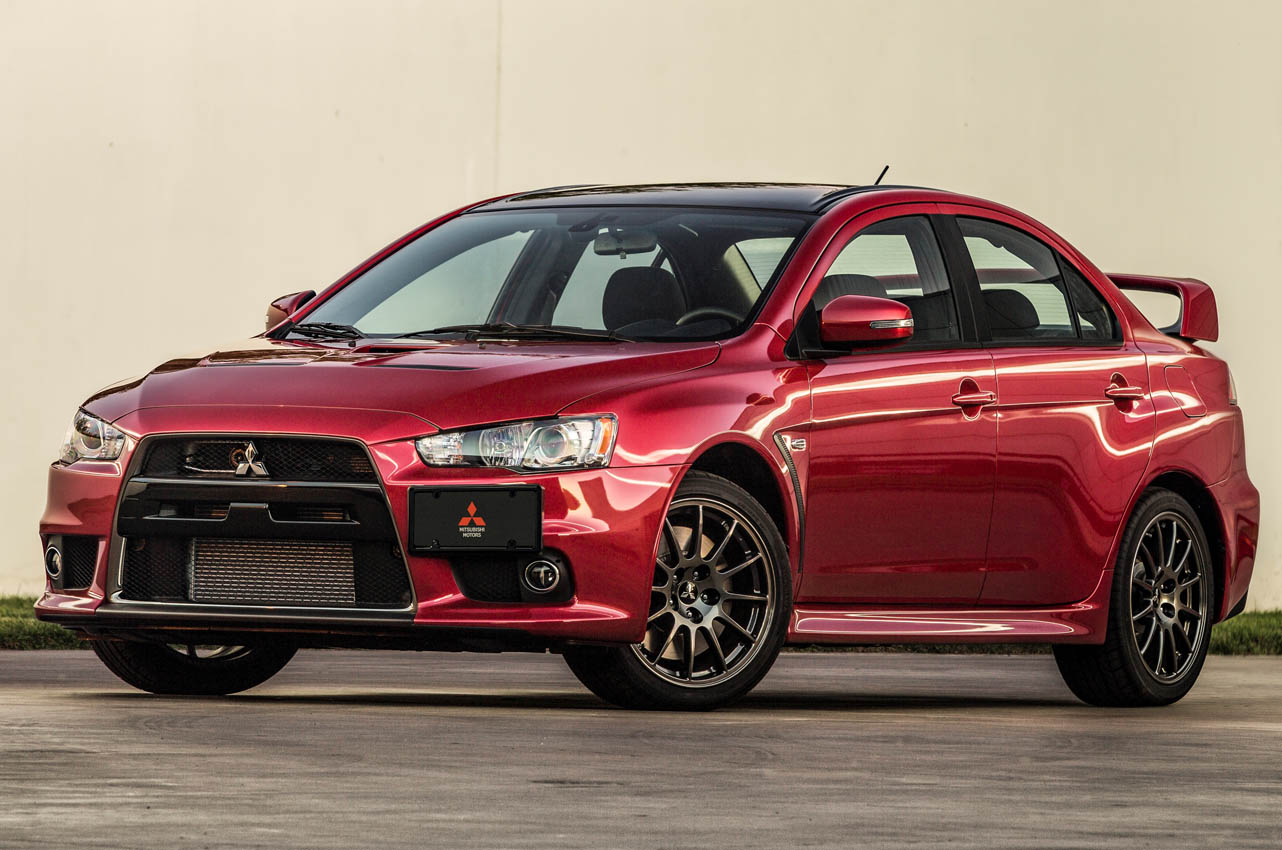
Lancer Evolution X (2007-2016)
- Engine: 2.0L 4B11T Inline-4 Turbo
- Horsepower: 291 hp (217 kW)
- Torque: 300 lb-ft (407 Nm)
- 0-60 mph (0-97 km/h): 4.5 seconds
- Top Speed: 155 mph (249 km/h)
The final generation, the Evo X, introduced a new platform and engine, along with a dual-clutch transmission option. It also featured Super All-Wheel Control (S-AWC), providing unparalleled handling and stability.
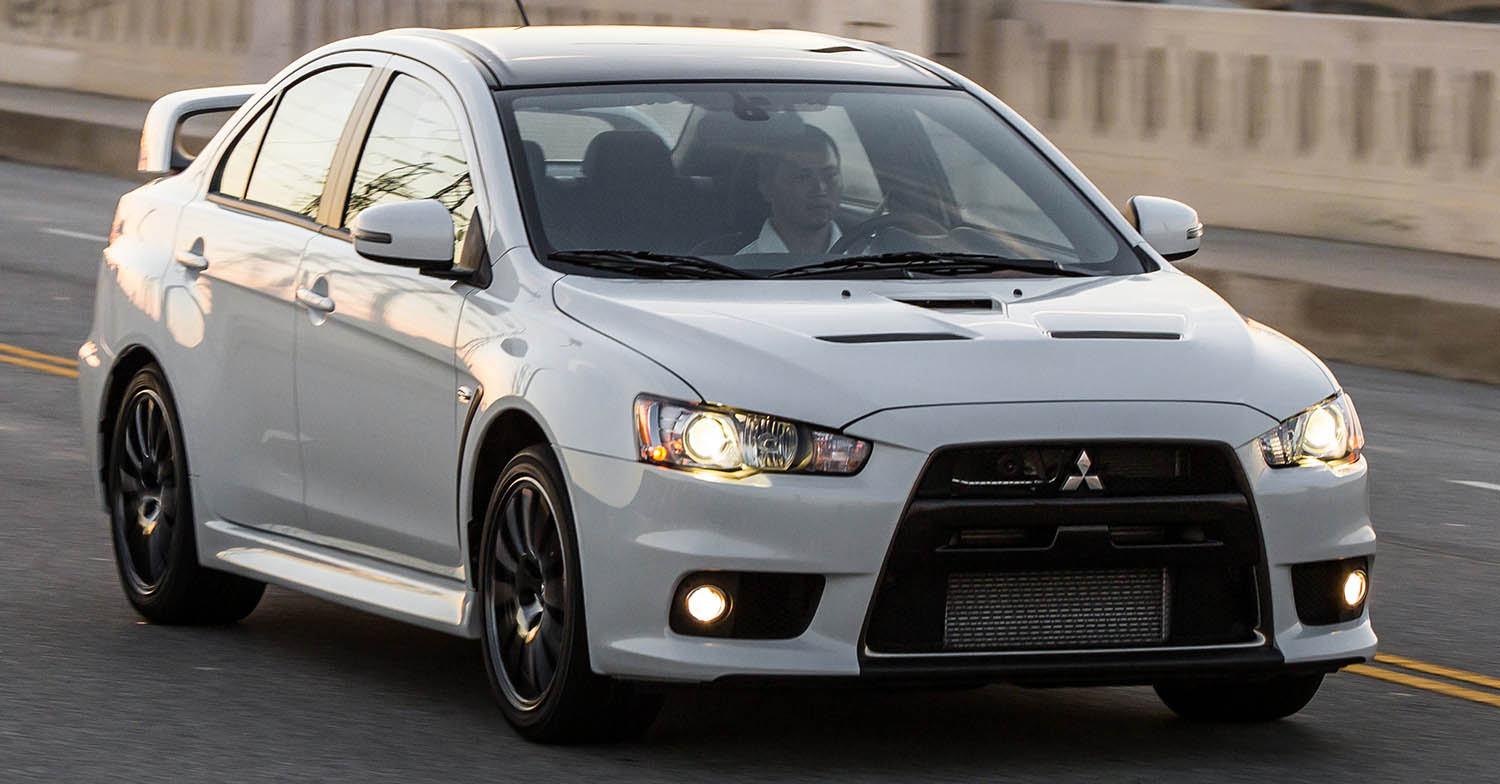
Performance Specs at a Glance
- Evo I: 244 hp (182 kW), 228 lb-ft (309 Nm), 0-60 mph (0-97 km/h) in 5.1 seconds, Top Speed 143 mph (230 km/h)
- Evo II: 256 hp (191 kW), 228 lb-ft (309 Nm), 0-60 mph (0-97 km/h) in 5.0 seconds, Top Speed 145 mph (233 km/h)
- Evo III: 270 hp (201 kW), 228 lb-ft (309 Nm), 0-60 mph (0-97 km/h) in 4.9 seconds, Top Speed 149 mph (240 km/h)
- Evo IV: 276 hp (206 kW), 260 lb-ft (353 Nm), 0-60 mph (0-97 km/h) in 4.7 seconds, Top Speed 152 mph (245 km/h)
- Evo V: 276 hp (206 kW), 274 lb-ft (371 Nm), 0-60 mph (0-97 km/h) in 4.6 seconds, Top Speed 155 mph (249 km/h)
- Evo VI: 276 hp (206 kW), 274 lb-ft (371 Nm), 0-60 mph (0-97 km/h) in 4.5 seconds, Top Speed 155 mph (249 km/h)
- Evo VII: 276 hp (206 kW), 282 lb-ft (382 Nm), 0-60 mph (0-97 km/h) in 4.4 seconds, Top Speed 155 mph (249 km/h)
- Evo VIII: 276 hp (206 kW) (MR: 300 hp / 224 kW), 295 lb-ft (400 Nm), 0-60 mph (0-97 km/h) in 4.3 seconds, Top Speed 157 mph (253 km/h)
- Evo IX: 286 hp (213 kW), 295 lb-ft (400 Nm), 0-60 mph (0-97 km/h) in 4.2 seconds, Top Speed 157 mph (253 km/h)
- Evo X: 291 hp (217 kW), 300 lb-ft (407 Nm), 0-60 mph (0-97 km/h) in 4.5 seconds, Top Speed 155 mph (249 km/h)
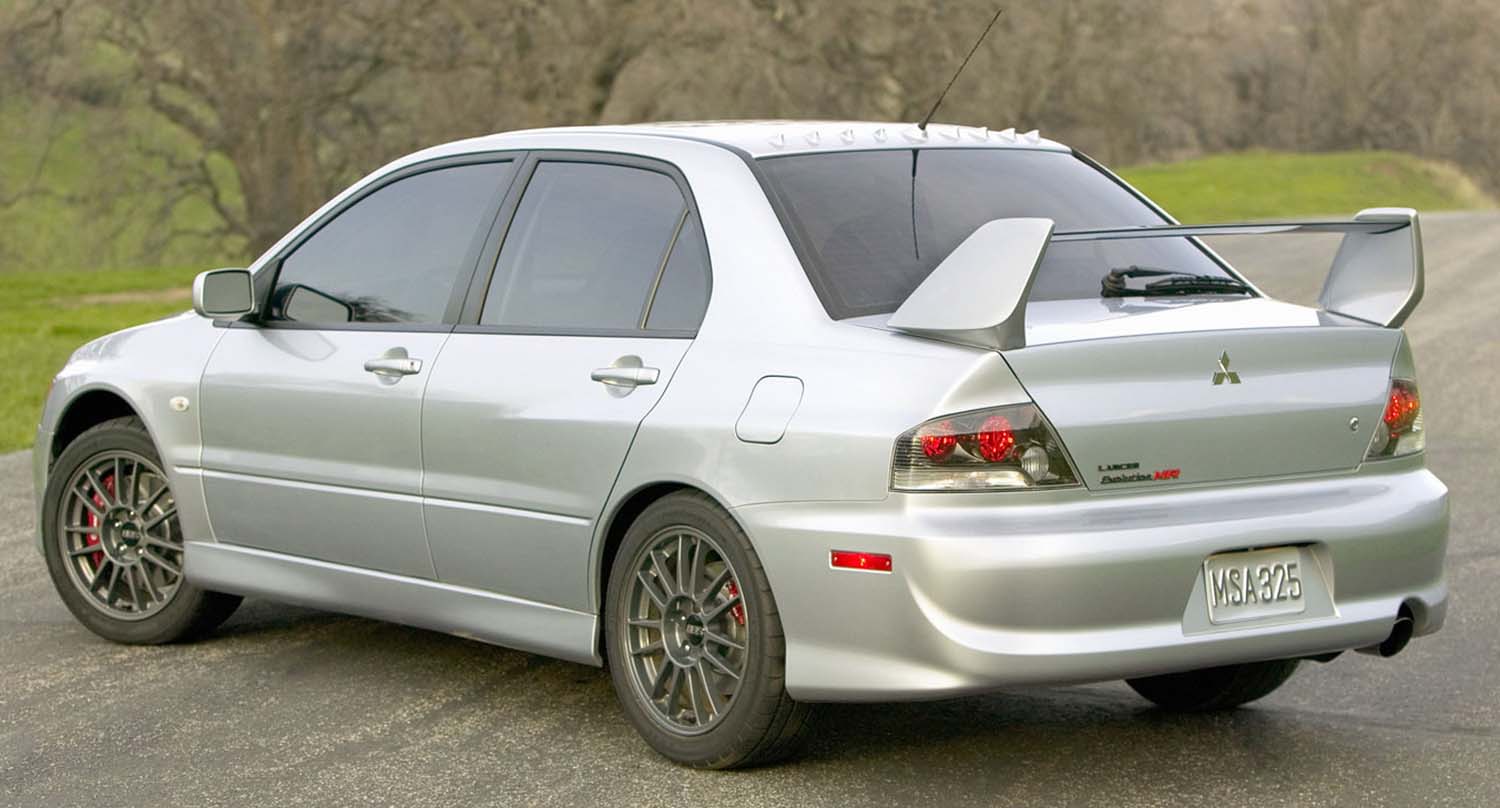
The Mitsubishi Lancer Evolution stands as a testament to Mitsubishi’s engineering prowess and commitment to performance. From its rally origins to its status as a street legend, each generation of the Evo has brought innovations that have thrilled enthusiasts around the world. As we look back at its history, the Evo remains a symbol of speed, precision, and driving pleasure.
